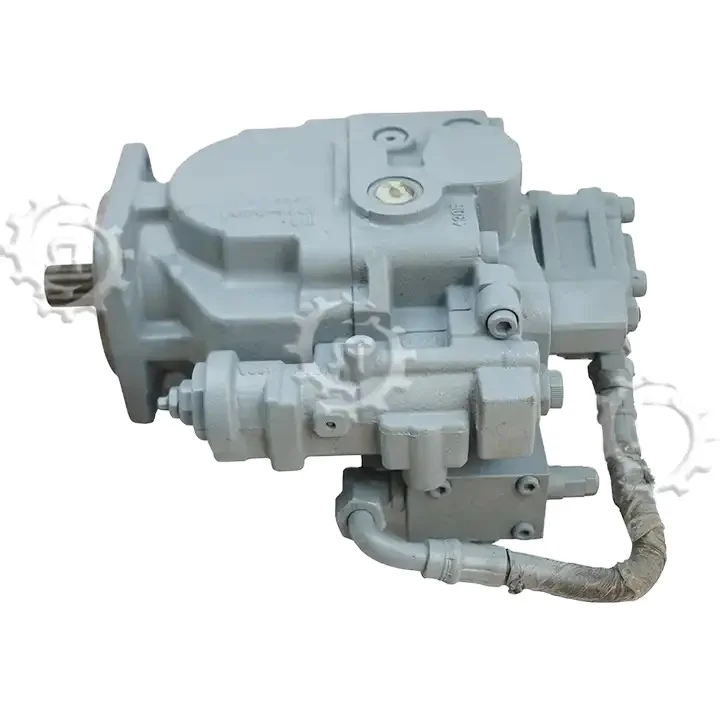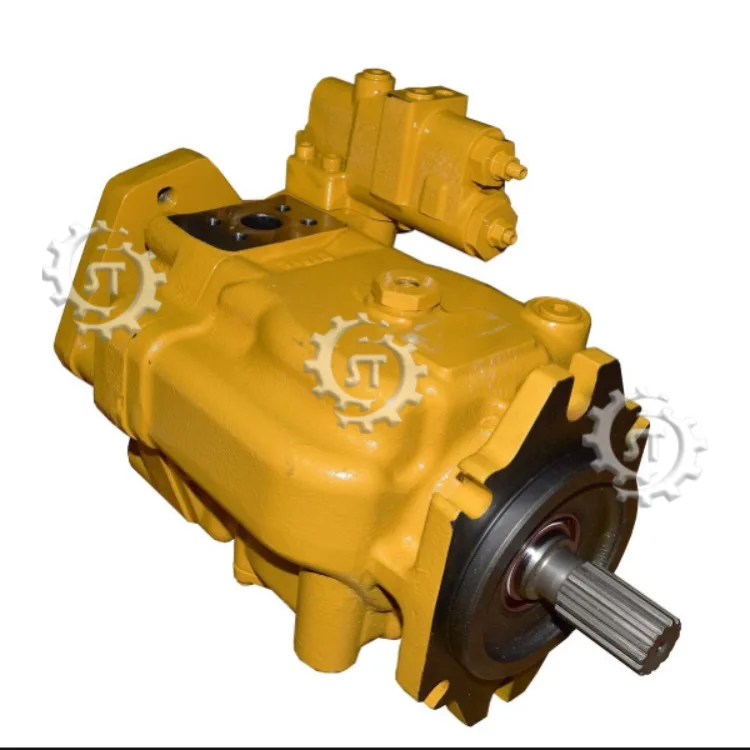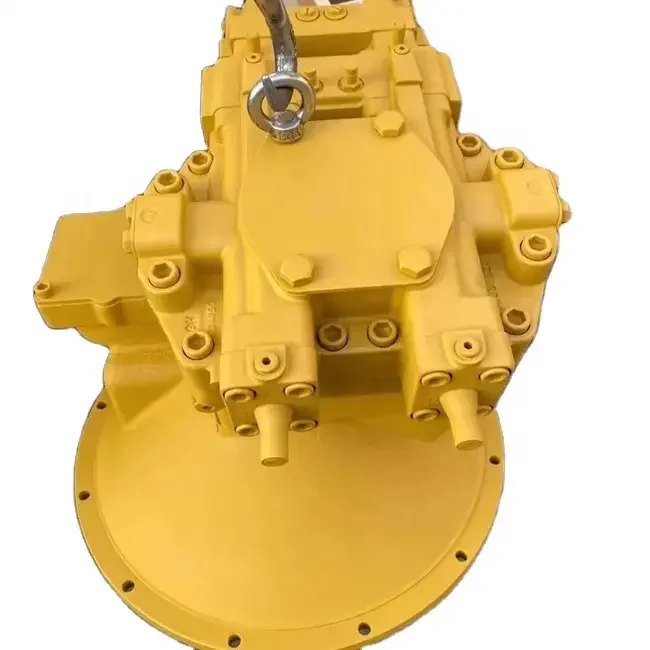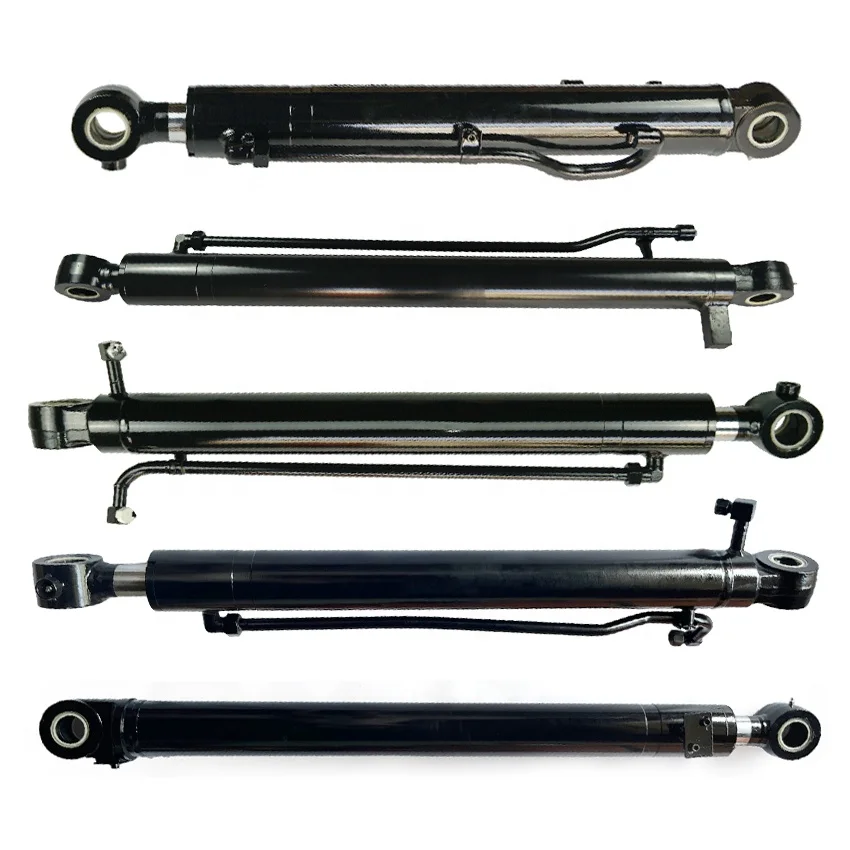-
 Agriculture
Agriculture
-
 Health-Care
Health-Care
-
 Environment
Environment
-
 Construction-Real-Estate
Construction-Real-Estate
-
 Tools-Hardware
Tools-Hardware
-
 Home-Garden
Home-Garden
-
 Furniture
Furniture
-
 Luggage-Bags-Cases
Luggage-Bags-Cases
-
 Medical-devices-Supplies
Medical-devices-Supplies
-
 Gifts-Crafts
Gifts-Crafts
-
 Sports-Entertainment
Sports-Entertainment
-
 Food-Beverage
Food-Beverage
-
 Vehicles-Transportation
Vehicles-Transportation
-
 Power-Transmission
Power-Transmission
-
 Material-Handling
Material-Handling
-
 Renewable-Energy
Renewable-Energy
-
 Safety
Safety
-
 Testing-Instrument-Equipment
Testing-Instrument-Equipment
-
 Construction-Building-Machinery
Construction-Building-Machinery
-
 Pet-Supplies
Pet-Supplies
-
 Personal-Care-Household-Cleaning
Personal-Care-Household-Cleaning
-
 Vehicle-Accessories-Electronics-Tools
Vehicle-Accessories-Electronics-Tools
-
 School-Office-Supplies
School-Office-Supplies
-
 Packaging-Printing
Packaging-Printing
-
 Mother-Kids-Toys
Mother-Kids-Toys
-
 Business-Services
Business-Services
-
 Commercial-Equipment-Machinery
Commercial-Equipment-Machinery
-
 Apparel-Accessories
Apparel-Accessories
-
 Security
Security
-
 Shoes-Accessories
Shoes-Accessories
-
 Vehicle-Parts-Accessories
Vehicle-Parts-Accessories
-
 Jewelry-Eyewear-Watches-Accessories
Jewelry-Eyewear-Watches-Accessories
-
 Lights-Lighting
Lights-Lighting
-
 Fabric-Textile-Raw-Material
Fabric-Textile-Raw-Material
-
 Fabrication-Services
Fabrication-Services
-
 Industrial-Machinery
Industrial-Machinery
-
 Consumer-Electronics
Consumer-Electronics
-
 Electrical-Equipment-Supplies
Electrical-Equipment-Supplies
-
 Electronic-Components-Accessories-Telecommunications
Electronic-Components-Accessories-Telecommunications
-
 Home-Appliances
Home-Appliances
-
 Beauty
Beauty
-
 Chemicals
Chemicals
-
 Rubber-Plastics
Rubber-Plastics
-
 Metals-Alloys
Metals-Alloys
- Masonry Materials
- Curtain Walls & Accessories
- Earthwork Products
- Fireproofing Materials
- Heat Insulation Materials
- Plastic Building Materials
- Building Boards
- Soundproofing Materials
- Timber
- Waterproofing Materials
- Balustrades & Handrails
- Bathroom & Kitchen
- Flooring & Accessories
- Tiles & Accessories
- Door, Window & Accessories
- Fireplaces & Stoves
- Floor Heating Systems & Parts
- Stairs & Stair Parts
- Ceilings
- Elevators & Escalators
- Stone
- Countertops, Vanity Tops & Table Tops
- Mosaics
- Metal Building Materials
- Multifunctional Materials
- Ladders & Scaffoldings
- Mouldings
- Corner Guards
- Decorative Films
- Formwork
- Building & Industrial Glass
- Other Construction & Real Estate
- Wallpapers/Wall panels
- HVAC System & Parts
- Outdoor Facilities
- Prefabricated Buildings
- Festive & Party Supplies
- Bathroom Products
- Household Sundries
- Rain Gear
- Garden Supplies
- Household Cleaning Tools & Accessories
- Lighters & Smoking Accessories
- Home Storage & Organization
- Household Scales
- Smart Home Improvement
- Home Textiles
- Kitchenware
- Drinkware & Accessories
- Dinnerware, Coffee & Wine
- Home Decor
- Golf
- Fitness & Body Building
- Amusement Park Facilities
- Billiards, Board Game,Coin Operated Games
- Musical Instruments
- Outdoor Affordable Luxury Sports
- Camping & Hiking
- Fishing
- Sports Safety&Rehabilitation
- Ball Sports Equipments
- Water Sports
- Winter Sports
- Luxury Travel Equipments
- Sports Shoes, Bags & Accessories
- Cycling
- Other Sports & Entertainment Products
- Artificial Grass&Sports Flooring&Sports Court Equipment
- Scooters
- Food Ingredients
- Honey & Honey Products
- Snacks
- Nuts & Kernels
- Seafood
- Plant & Animal Oil
- Beverages
- Fruit & Vegetable Products
- Frog & Escargot
- Bean Products
- Egg Products
- Dairy Products
- Seasonings & Condiments
- Canned Food
- Instant Food
- Baked Goods
- Other Food & Beverage
- Meat & Poultry
- Confectionery
- Grain Products
- Feminie Care
- Hair Care & Styling
- Body Care
- Hands & Feet Care
- Hygiene Products
- Men's Grooming
- Laundry Cleaning Supplies
- Travel Size & Gift Sets
- Room Deodorizers
- Other Personal Care Products
- Pest Control Products
- Special Household Cleaning
- Floor Cleaning
- Kitchen & Bathroom Cleaning
- Oral Care
- Bath Supplies
- Yellow Pages
- Correction Supplies
- Office Binding Supplies
- Office Cutting Supplies
- Board Erasers
- Office Adhesives & Tapes
- Education Supplies
- Pencil Cases & Bags
- Notebooks & Writing Pads
- File Folder Accessories
- Calendars
- Writing Accessories
- Commercial Office Supplies
- Pencil Sharpeners
- Pens
- Letter Pad/Paper
- Paper Envelopes
- Desk Organizers
- Pencils
- Markers & Highlighters
- Filing Products
- Art Supplies
- Easels
- Badge Holder & Accessories
- Office Paper
- Printer Supplies
- Book Covers
- Other Office & School Supplies
- Stationery Set
- Boards
- Clipboards
- Stamps
- Drafting Supplies
- Stencils
- Electronic Dictionary
- Books
- Map
- Magazines
- Calculators
- Baby & Toddler Toys
- Educational Toys
- Classic Toys
- Dress Up & Pretend Play
- Toy Vehicle
- Stuffed Animals & Plush Toys
- Outdoor Toys & Structures
- Balloons & Accessories
- Baby Food
- Children's Clothing
- Baby Supplies & Products
- Maternity Clothes
- Kids Shoes
- Baby Care
- Novelty & Gag Toys
- Dolls & Accessories
- Puzzle & Games
- Blocks & Model Building Toys
- Toddler Clothing
- Baby Clothing
- Kids' Luggage & Bags
- Arts, Crafts & DIY Toys
- Action & Toy Figures
- Baby Appliances
- Hobbies & Models
- Remote Control Toys
- Promotional Toys
- Pregnancy & Maternity
- Hygiene Products
- Kid's Textile&Bedding
- Novelty & Special Use
- Toy Weapons
- Baby Gifts
- Baby Storage & Organization
- Auto Drive Systems
- ATV/UTV Parts & Accessories
- Marine Parts & Accessories
- Other Auto Parts
- Trailer Parts & Accessories
- Auto Transmission Systems
- Train Parts & Accessories
- Universal Parts
- Railway Parts & Accessories
- Auto Brake Systems
- Aviation Parts & Accessories
- Truck Parts & Accessories
- Auto Suspension Systems
- Auto Lighting Systems
- New Energy Vehicle Parts & Accessories
- Auto Steering Systems
- Wheels, Tires & Accessories
- Bus Parts & Accessories
- Auto Performance Parts
- Cooling System
- Go-Kart & Kart Racer Parts & Accessories
- Air Conditioning Systems
- Heavy Duty Vehicle Parts & Accessories
- Auto Electrical Systems
- Auto Body Systems
- Auto Engine Systems
- Container Parts & Accessories
- Motorcycle Parts & Accessories
- Refrigeration & Heat Exchange Equipment
- Machine Tool Equipment
- Food & Beverage Machinery
- Agricultural Machinery & Equipment
- Apparel & Textile Machinery
- Chemical Machinery
- Packaging Machines
- Paper Production Machinery
- Plastic & Rubber Processing Machinery
- Industrial Robots
- Electronic Products Machinery
- Metal & Metallurgy Machinery
- Woodworking Machinery
- Home Product Manufacturing Machinery
- Machinery Accessories
- Environmental Machinery
- Machinery Service
- Electrical Equipment Manufacturing Machinery
- Industrial Compressors & Parts
- Tobacco & Cigarette Machinery
- Production Line
- Used Industrial Machinery
- Electronics Production Machinery
- Other Machinery & Industrial Equipment
- Camera, Photo & Accessories
- Portable Audio, Video & Accessories
- Television, Home Audio, Video & Accessories
- Video Games & Accessories
- Mobile Phone & Accessories
- Electronic Publications
- Earphone & Headphone & Accessories
- Speakers & Accessories
- Smart Electronics
- TV Receivers & Accessories
- Mobile Phone & Computer Repair Parts
- Chargers, Batteries & Power Supplies
- Used Electronics
- VR, AR, MR Hardware & Software
- Projectors & Presentation Equipments
- Other Consumer Electronics
- Cables & Commonly Used Accessories
- Computer Hardware & Software
- Displays, Signage and Optoelectronics
- Discrete Semiconductors
- Wireless & IoT Module and Products
- Telecommunications
- Connectors, Terminals & Accessories
- Development Boards, Electronic Modules and Kits
- Circuit Protection
- Sensors
- Isolators
- Audio Components and Products
- Integrated Circuits
- Power Supplies
- Relays
- RF, Microwave and RFID
- Electronic Accessories & Supplies
- Passive Components
- PCB & PCBA
- Air Quality Appliances
- Home Appliance Parts
- Heating & Cooling Appliances
- Small Kitchen Appliances
- Laundry Appliances
- Water Heaters
- Water Treatment Appliances
- Refrigerators & Freezers
- Personal Care & Beauty Appliances
- Major Kitchen Appliances
- Cleaning Appliances
- Second-hand Appliances
- Smart Home Appliances
- Other Home Appliances
- Energy Chemicals
- Inorganic Chemicals
- Basic Organic Chemicals
- Agrochemicals
- Admixture & Additives
- Catalysts & Chemical Auxiliary Agents
- Pigments & Dyestuff
- Coating & Paint
- Daily Chemicals
- Polymer
- Organic Intermediate
- Adhesives & Sealants
- Chemical Waste
- Biological Chemical Products
- Surface Treatment Chemicals
- Painting & Coating
- Chemical Reagents
- Flavor & Fragrance
- Non-Explosive Demolition Agents
- Other Chemicals
- Custom Chemical Services
Engineering & Construction Machinery

Powering Precision and Strength Hydraulic Pumps in Excavator Work
Hydraulic pumps provide the incremental but fluid motion required for delicate tasks. This level of hydraulic flow control is necessary for more delicate movements, which is particularly important in urban settings or when working near existing infrastructure. This not only prevents collateral damages but also increases the safety when performing operations.
Strength and Power
Hydraulic pumps working at high pressure provides the strength to lift and shift hundreds of tonnes of earth and debris. These pumps provide the required power to all of the excavator\\'s functions and help make even the most challenging jobs possible.
There are types of pumps for every need, supplying varying amounts of power and efficiency. Choosing the right pump is important for excavator performance.
Reliability and Durability
Hydraulic pumps work in a very rough, high-risk reinforcement atmosphere, and subject the components to considerable damage. Quality pumps are made to last, which gives the people who own them less downtime/maintenance. This is especially important for ensuring maximum productivity and cost efficiency.

From Simple to Complex A Journey Through the Spectrum of Hydraulic Pump Technologies
The series of articles classifies hydraulic pumps, starting with the low-tech workhorses of the industry: gear pumps, which are noted for their durability and low cost but relatively low efficiency and pressure rating. From there, it moves on to vane pumps, which offer a compromise between price and performance, before culminating with the more sophisticated piston pumps, which are able to generate high pressure and provide highly accurate flow rates. It clearly explains the differences in their internal mechanism and working principles.
Performance Characteristics and Applications
The article goes into careful detail contrasting the performance metrics, by type of pump. Detailed information on topics like flow rate, pressure output, efficiency and noise levels, help the readers to understand, which pump serves what kind of application best. The piston pumps says \\"high-pressure capabilities\\" can make him most suitable for heavy-duty machinery and gear pump muscle mass for less powerful work.
Technological Advancements
The article goes beyond basic classifications to highlight some very recent developments. It covers variable displacement pumps that provide accurate flow control along with energy-saving measures that are a must-have feature for every modern application aiming to reduce their environmental footprint, Advanced materials and manufacturing processes including their possible integration are also be explored here, you will also find all of these key elements being fine-tuned for further natural progression.
In the end, From Simple to Complex is a useful reference for anyone looking for the extensive hydraulic pump technologies that exist, meeting the need for more than a basics to the tricks of the trade.

From Simple to Complex A Journey Through the Spectrum of Hydraulic Pump Technologies
The series of articles classifies hydraulic pumps, starting with the low-tech workhorses of the industry: gear pumps, which are noted for their durability and low cost but relatively low efficiency and pressure rating. From there, it moves on to vane pumps, which offer a compromise between price and performance, before culminating with the more sophisticated piston pumps, which are able to generate high pressure and provide highly accurate flow rates. It clearly explains the differences in their internal mechanism and working principles.
Performance Characteristics and Applications
The article goes into careful detail contrasting the performance metrics, by type of pump. Detailed information on topics like flow rate, pressure output, efficiency and noise levels, help the readers to understand, which pump serves what kind of application best. The piston pumps says \\"high-pressure capabilities\\" can make him most suitable for heavy-duty machinery and gear pump muscle mass for less powerful work.
Technological Advancements
The article goes beyond basic classifications to highlight some very recent developments. It covers variable displacement pumps that provide accurate flow control along with energy-saving measures that are a must-have feature for every modern application aiming to reduce their environmental footprint, Advanced materials and manufacturing processes including their possible integration are also be explored here, you will also find all of these key elements being fine-tuned for further natural progression.
In the end, From Simple to Complex is a useful reference for anyone looking for the extensive hydraulic pump technologies that exist, meeting the need for more than a basics to the tricks of the trade.

Choosing the Perfect Hydraulic Cylinder Size and Specifications
Determining Bore Size and Stroke Length
The bore size, the internal diameter of the cylinder, dictates the force it can generate. A larger bore size means a greater force output for a given hydraulic pressure. However, larger bores also mean more volume and weight. Accurate calculation of the required force is essential, factoring in the load to be moved, friction, and any safety factors. This often involves understanding the application's working environment and the potential for unexpected loads.
The stroke length determines the distance the cylinder's piston can travel. This must be carefully matched to the application's requirements. Overestimating the stroke length leads to wasted space and potentially increased cost, while underestimating it will result in the cylinder being unable to complete its task. Thorough analysis of the system's mechanical movement is crucial for accurate stroke length selection.
Selecting the Right Mounting Style
Hydraulic cylinders come in various mounting styles, each suited to different applications and installation constraints. Common styles include clevis, flange, and trunnion mounts. The choice depends on factors like the available space, the orientation of the cylinder, and the type of load it will be supporting. Consider the structural integrity of the mounting points to ensure they can withstand the forces generated by the cylinder.
Proper mounting is vital for preventing misalignment and premature wear. Incorrect mounting can lead to increased friction, reduced efficiency, and potentially catastrophic failure. Consult engineering specifications and ensure the mounting method is compatible with the cylinder's design and the overall system layout.
Considering Rod Diameter and Material
The rod diameter affects the tensile strength and bending stiffness of the cylinder. A larger diameter rod provides greater strength and reduces the risk of bending under heavy loads. The material of the rod is equally critical; it needs to be strong, corrosion-resistant, and compatible with the working environment. Stainless steel is often preferred for its durability and resistance to harsh conditions.
Selecting the appropriate rod diameter and material is essential for preventing rod failure, which can be a significant safety hazard. This decision requires a detailed understanding of the load profile and the operating environment, taking into account factors like temperature, pressure, and potential corrosive agents.
REPORT



























































































































































































































































































































































































































































































































































































